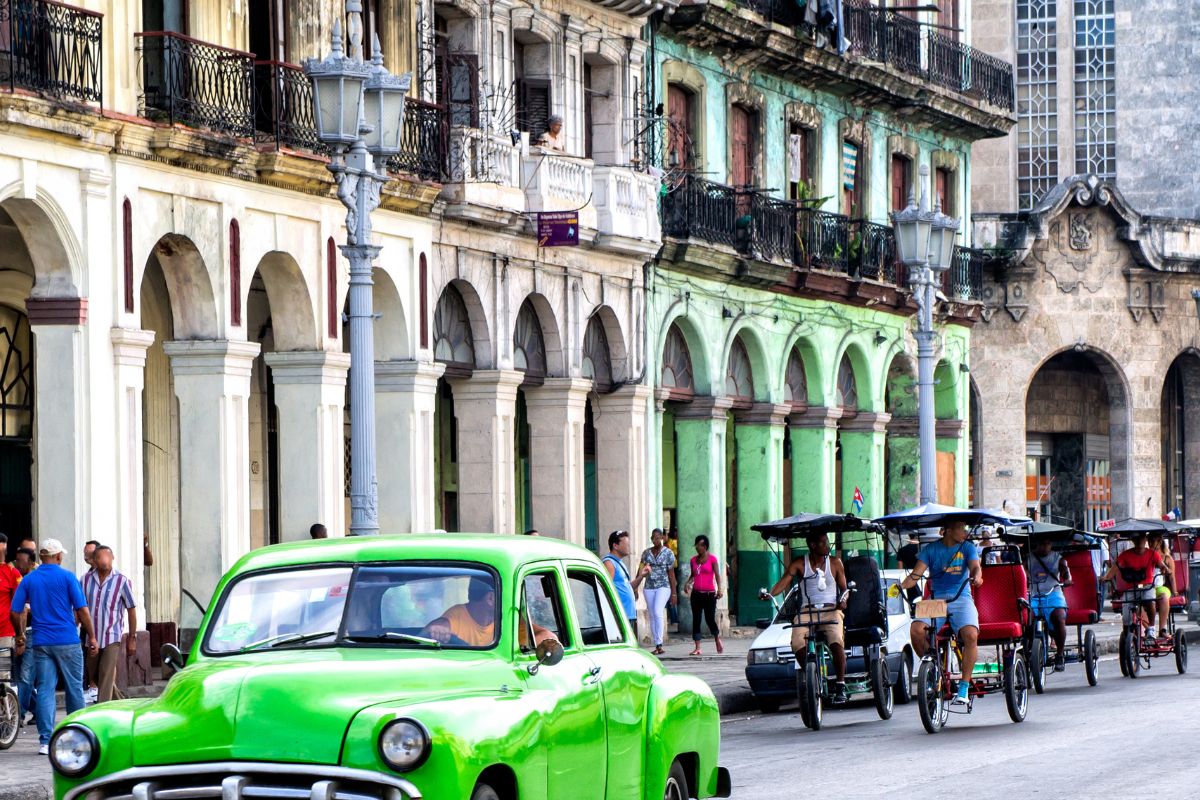You may be planning a trip to Cuba and have many questions about its people and culture, to name but a few.
A more relevant question to you, though, could be something like what’s the healthcare system like in case an emergency should occur.

It would be good practice to know any systems such as this one as it will make your stay more comfortable and if you have an accident, you know how the hospitals work so you can be seen quicker and make the process more effective to your requirements.
In this article, we’ll explain what the system is like, how it can sustain itself, and why it’s considered one of the best in the world. So read on to learn more about this world-class healthcare system.
How Does Cuba’s Healthcare System Work?
In 1961, the Cuban government created a national health system and began to phase out most of its private healthcare packages and expand its usage to the general use of the populace, and is provided free of cost to citizens.
This system is built from a leveraging of its strengths in education and creating more qualified doctors available for primary care accessible to the most amount of people possible where it’s needed.
The emphasis is on preventative treatments that can prevent longer-term issues where the need for cures is reduced, which leads to a higher life expectancy than in other countries in Latin America.
The system’s structure is categorized into a 3 tier system for organizing different levels of care. Below are each tier explained and what type of care they provide.
First Level Clinics
These clinics, or consultorios as they are known in Cuba, are polyclinics that have the burden of improving the base level of health across the nation.
Each neighborhood is assigned a family doctor whose job is to keep track of each patient in that area and ensure that anyone who is sick or at risk of becoming ill gets the attention they require.
They do this as well as make sure everyone receives vaccines and typically make rounds in the area to act as the front-line in healthcare and strive to resolve around 80 percent of cases.
Provincially Managed Hospitals
If someone requires a higher level of care or treatment, they will move to this level of healthcare which involves receiving specialized care in provincial hospitals.
These institutions aspire to handle any complications that may arise from an illness and promote rehabilitation, and the system works more efficiently if you’re referred to one of these hospitals by your family doctor.
This way, you can receive more comprehensive treatment and care, so the amount of cases that reach this level is around 15 percent.
Specialized Hospitals
These hospitals are nationally-administered specialized hospitals for the observation and treatment of life-threatening illnesses.
This system ensures that the patient receives the right level of care and is in an institution that has the right staff, equipment, and processes to prevent any further complications.
Around 5 percent of cases are treated at this level, so you can see that there is an efficiency in this system that tries to prevent patients from ever needing to reach this level of care.

How Is The healthcare System Sustained?
It’s easy to forget what the government spends to keep a system like this one in place, and the government spends roughly $300-$400, or 11.12 percent, per person each year on healthcare.
They pay doctors around $64 a month, and overall, Cuba is able to gain around $8 billion a year as a result of overseas medical missions.
These returns have had a substantial positive local impact on the country, and the number of Cuban doctors working abroad has declined in recent years.
The biggest issue with these missions is that it leaves fewer doctors and specialists in Cuba, which means longer waiting times.
The remaining doctors must cover more work in a stressful environment with limited resources.
This means that patients may have to travel further to receive treatment, so there are downsides to generating income this way.
What Policies Affect The Healthcare System?
The Ministry of Public Health oversees epidemiological control, like regular fumigation to minimize mosquito-borne diseases.
This extends to the regulation of sanitation, promotion of hygiene in the population, care for the elderly and disabled, and the regulation and control of both imported and domestically produced medicines.
This institution also oversees institutes and state businesses that can be used to identify and fabricate any vaccines or pharmaceuticals that may be in rotation in other countries.
It’s no surprise that Cuba has an innovative biopharmaceutical and biotechnological sector, which reduces the cost of importing medicines from other countries.
The ministry views the individual as having their health linked to biological, psychological, community standing, and social forces, with all of these factors determining the person’s wellbeing and health.
Are There Any Issues With This System?
One of the biggest challenges that Cuba faces regarding health is making care more comfortable in facilities that suffer from limited access to bedding, bandages, and other basic necessities.
This as well as dealing with diseases such as cancer and diabetes.
They try to mitigate this challenge is being able to have access to their stockpile of medicines and establishing ways to measure people’s health and wellbeing.
Another issue for the Cuban healthcare system is with its citizens itself, with an aging population that has health problems such as dementia and other illnesses among the elderly overshadow illnesses in other sectors.
Some entry-level positions in a hospital setting might be lower than in some other countries, but the expertise and level of care can make up for some of these issues in some settings.
Cuba has tried to circumvent this by training more doctors and specialists to cover the shortage.
What Is The Healthcare System Like For Tourists?
Put simply, you must have some kind of insurance, and Cuba requires visitors to have non-US insurance due to blockades and high tensions that dissuade Americans from visiting the country.
Once you’ve gone through with this insurance from your airline, though, you’re free to access tourist clinics, the most common one being the Clínica Central Cira Garcia hospital in Havana.
Like with the American healthcare system, you’ll have to pay for visits and any treatment available, and in many cases, the medication required isn’t available, so you might want to bring any prescribed or over-the-counter medications with you.
You’ll have to show evidence that you need the prescription, and it’s in quantities that demonstrate personal use, so your entry goes smoothly.
Closing Thoughts
As you can see, Cuba’s healthcare system has the best doctor-to-patient ratios globally and has made health a top priority.
But like other countries similar to it in economic size, they face challenges and shortages that they have to overcome, whether that be a policy change or a change in their fortune.
The general advice here is not to be dissuaded from visiting the country and to take preventative measures to ensure your stay in Cuba is a fun and safe experience.
- What Is The Largest Island In Cuba? - September 19, 2022
- Havana – Why Is It Cuba’s Most Exciting City? - September 19, 2022
- Cheapest Time To Visit Cuba (Ultimate Guide) - September 19, 2022








